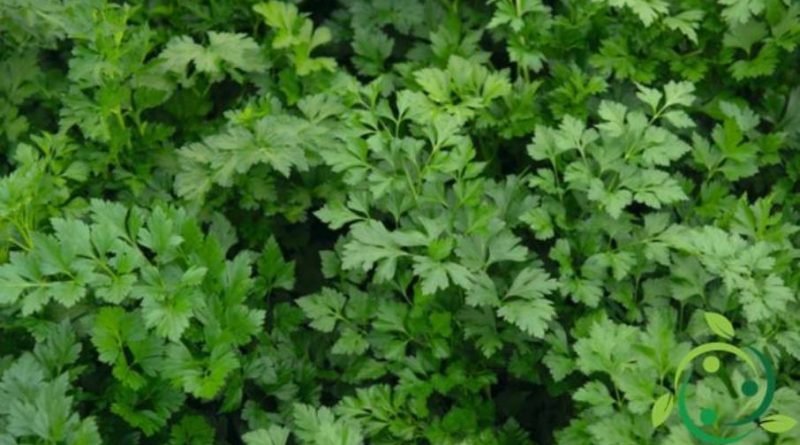How to grow parsley in a biological way
How to grow parsley in a biological way
The cultivation of parsley (Petroselinum crispum (Mill.) Fuss, 1866) Is one of those that is more usual in family gardens, but often some techniques and tricks are avoided that can significantly improve quality and yields. For its cultivation (which can easily be done in pots) it is necessary to know that the parsley is a biennial plant and that it produces the seed in the second year of cultivation that can be harvested, conserved and reused. There are many varieties of parsley; from the common with very aromatic leaves to the giant and just bigger size.
For the cultivation of this plant it is known that it prefers climates of between 15 and 18 ° C, can not stand the frosts and adapts well to even higher temperatures. For this reason, usually, the cultivation of parsley begins in spring, when the risk of frost is now averted. The best soils are deep, medium-textured, organic (perhaps in rotation after crops that have used organic fertilizers) and well drained with a pH between 6 and 7.
You can sow in seedbeds or directly in the open field. In the case of seedbeds it is easy if you want to anticipate production a little and prepare a protection. However, sowing can be done both in the autumn period (but winter will be a limit for harvesting) and spring (the latter to be preferred). However the sowing takes place, the parsley needs about 20 days to germinate and in this phase the soil must always be moist. The seed should be buried at a depth of 0.5-1.5 cm. You can sow broadcasts or files. Sowing in rows is interesting to apply optimal associations. However it is never appropriate to increase the seeding density because this occurs at the expense of good plant growth and phytosanitary problems.
Parsley is a plant that takes advantage of good water supplies under conditions that never show water stagnation. For rotations it does not have particular requirements under conditions that do not follow or precede other umbrellas and beets. For the possible association it is also with horticultural species such as salad, radish, spinach, onion, tomato.
Mulching can be useful for cultivation (easier to grow in rows) or weeding with small hoes.
For the defense especially against aphids (frequent in spring) it is possible to defend themselves using natural macerates based on garlic or nettle, in a preventive way or for infestations little extended. For fungal diseases, powdery mildew and white pain can be bothersome. Normally if you have not chosen a semi-shaded area and you have not resorted to nitric fertilizers and the soil does not show stagnations should not occur. The use of copper or sulfur must be avoided (even if allowed in organic farming).
For the collection it is advisable to periodically cut the base of the collar in order to allow this plant a constant and programmed ricochet.

